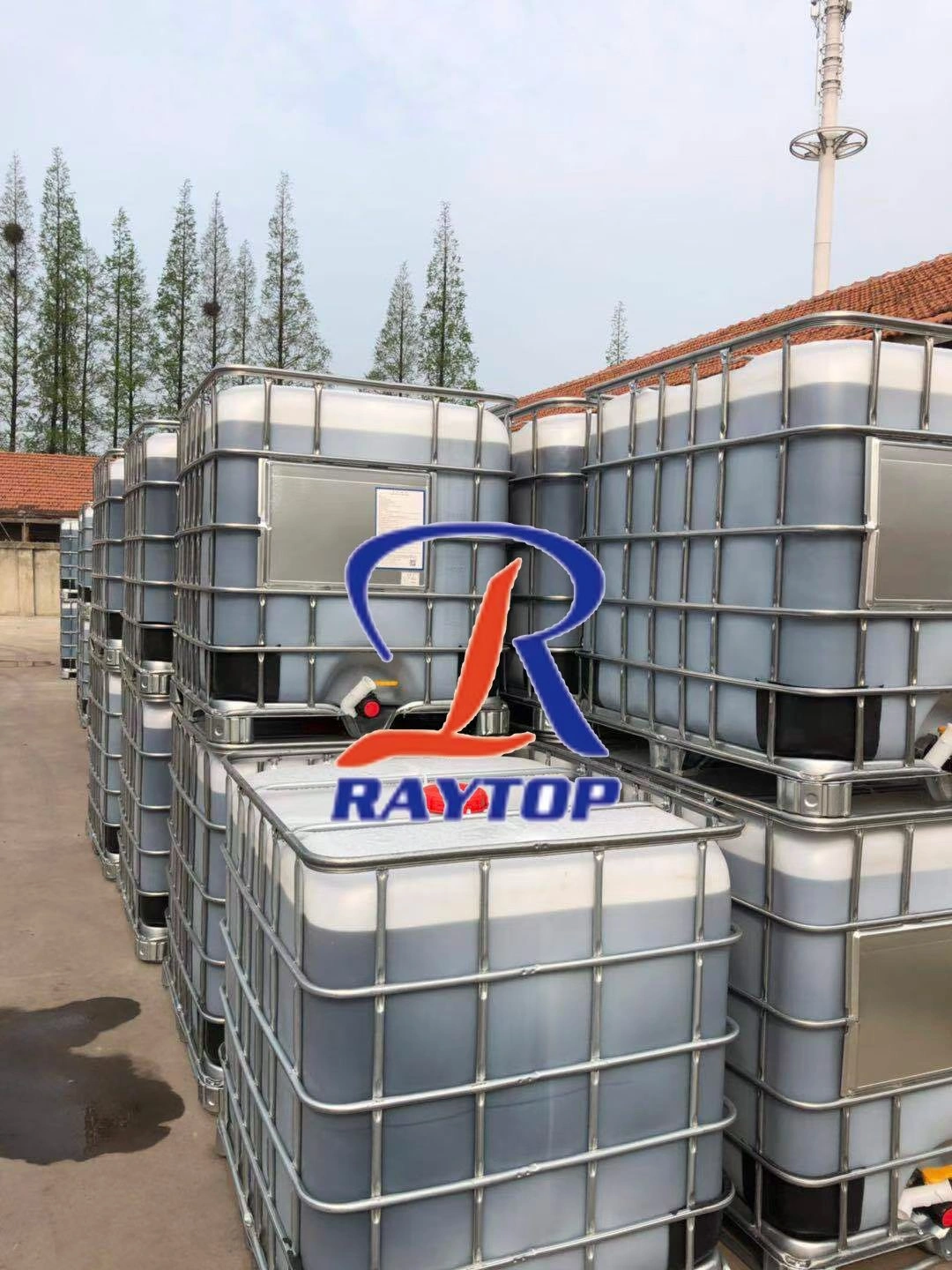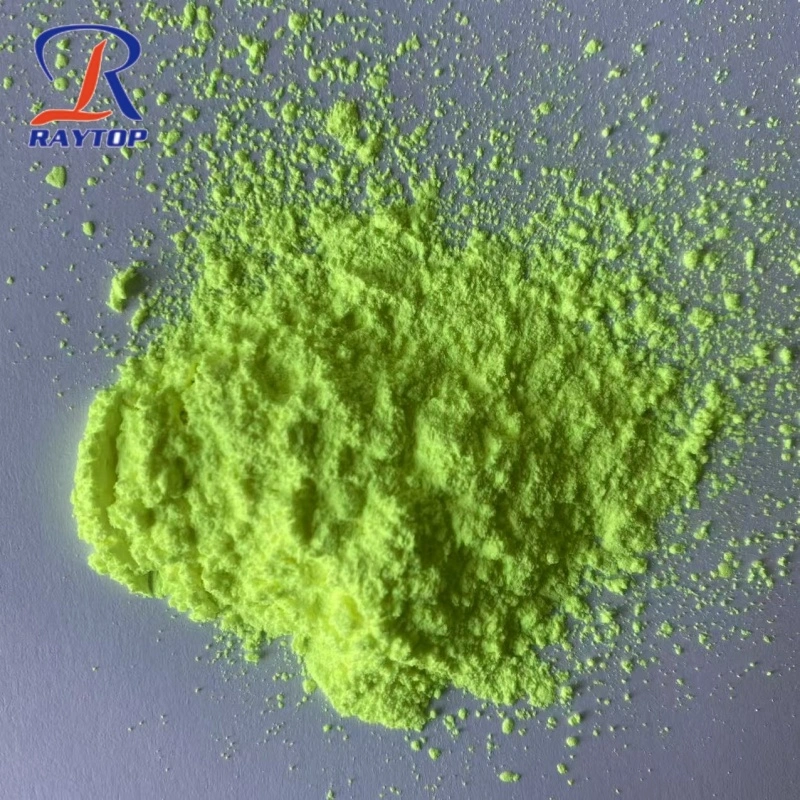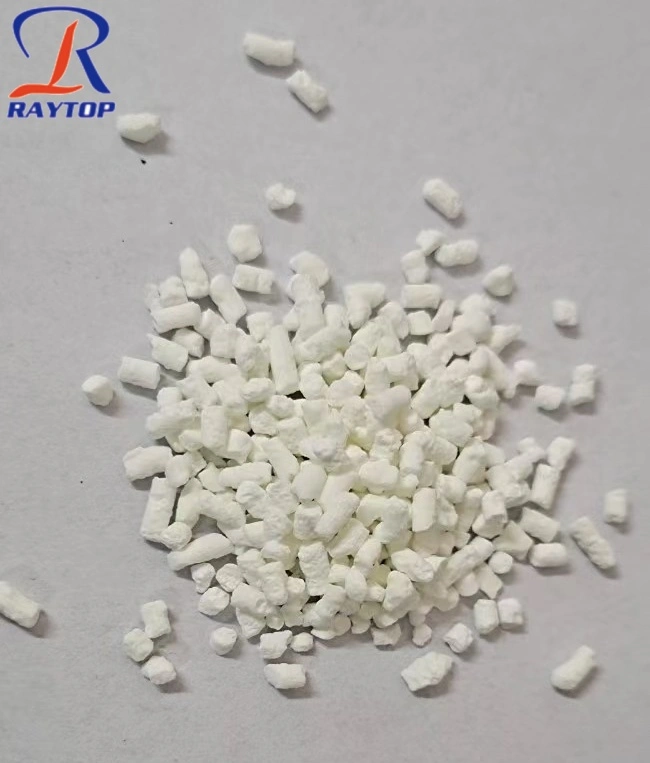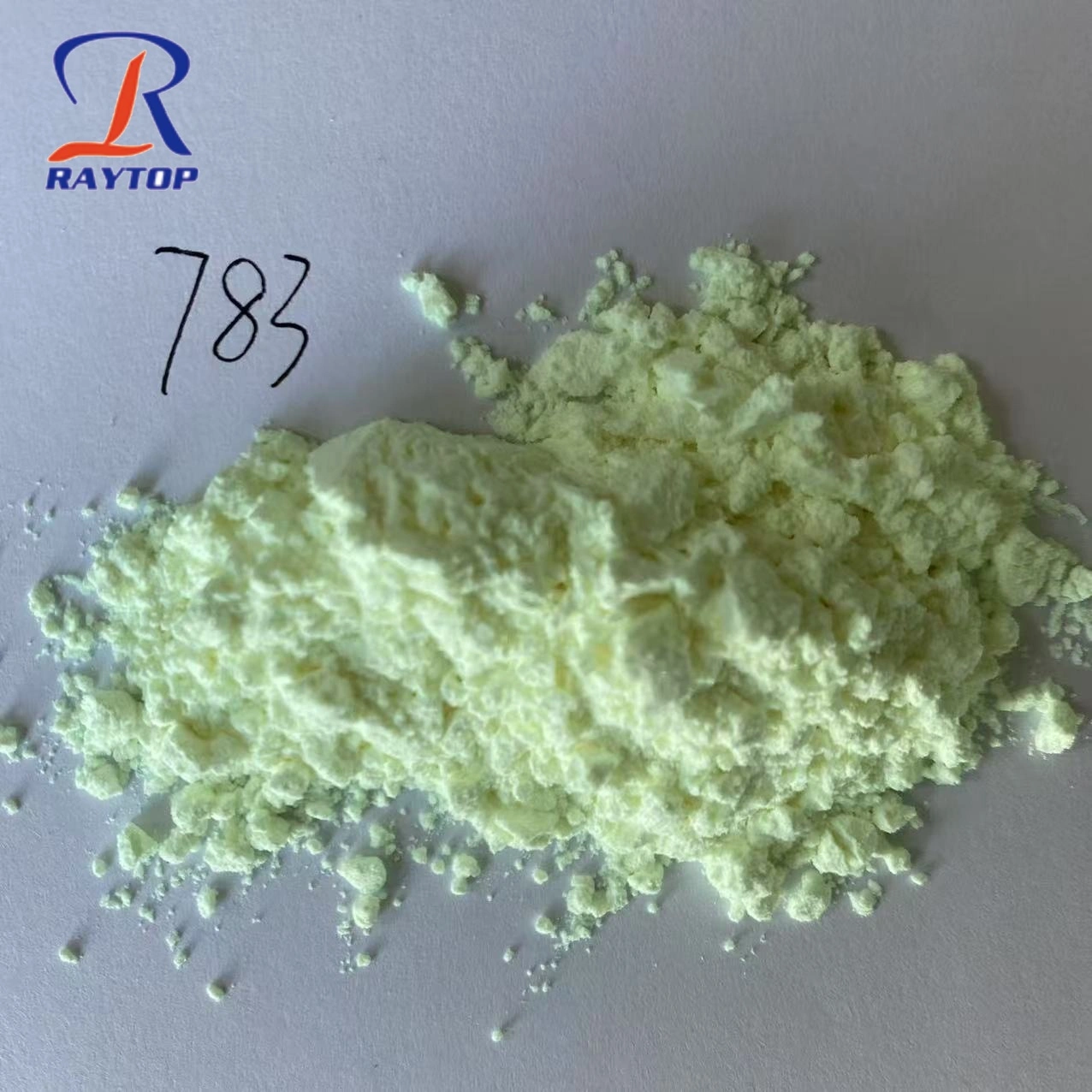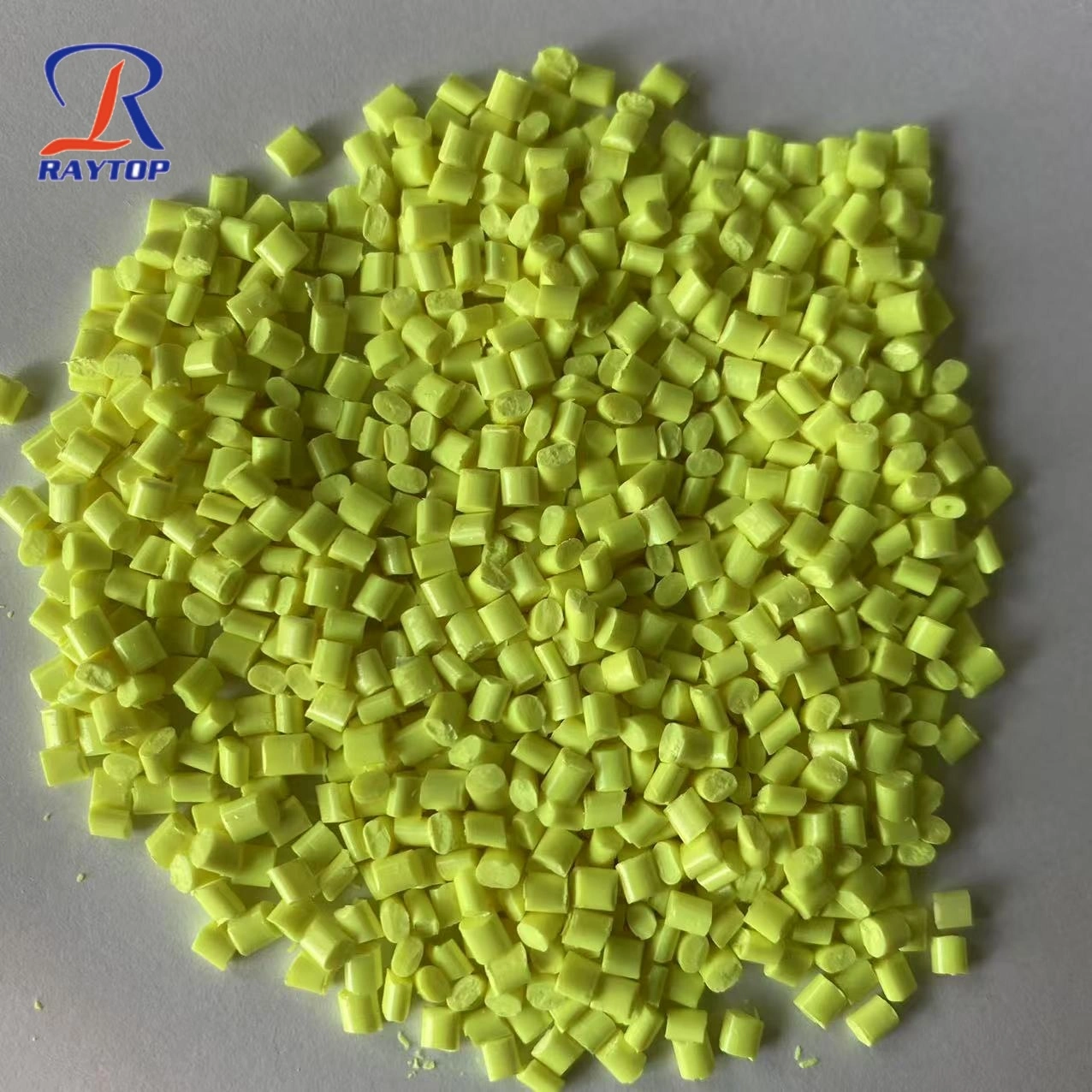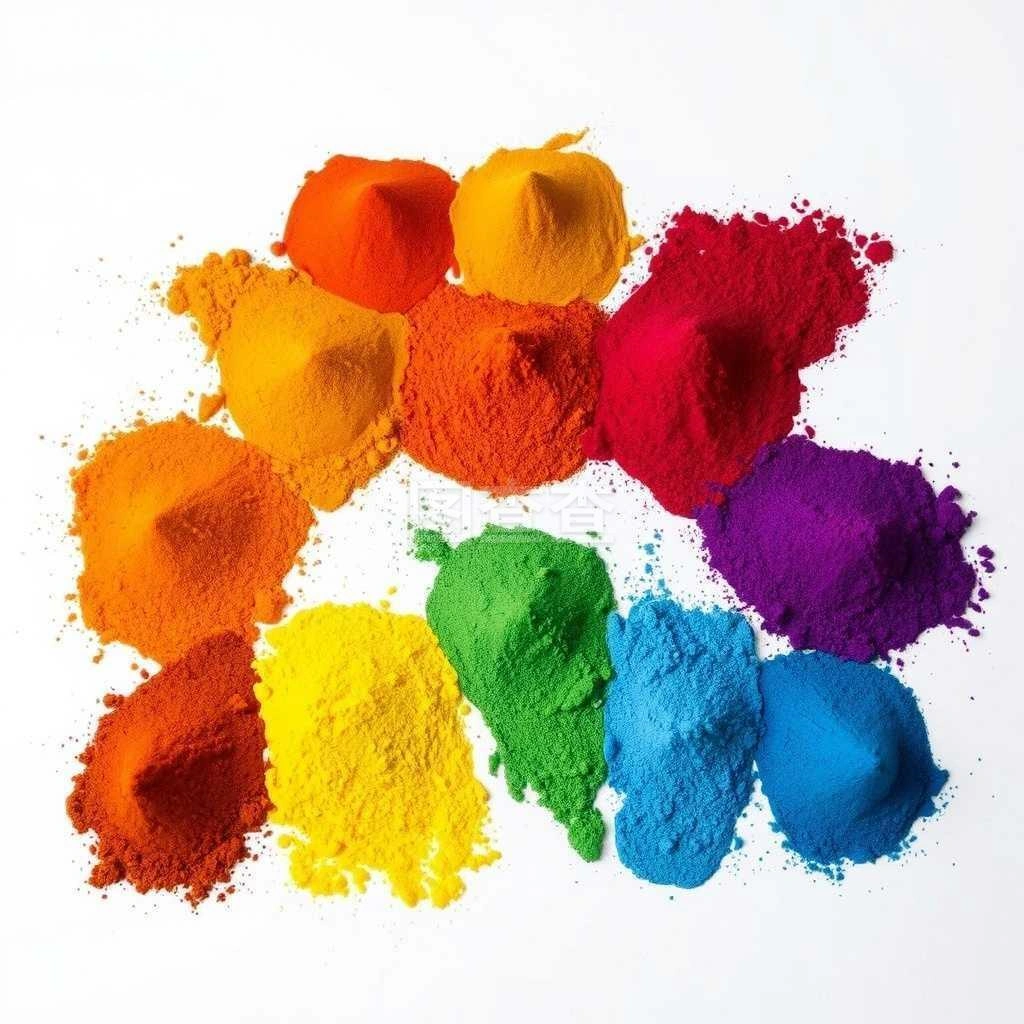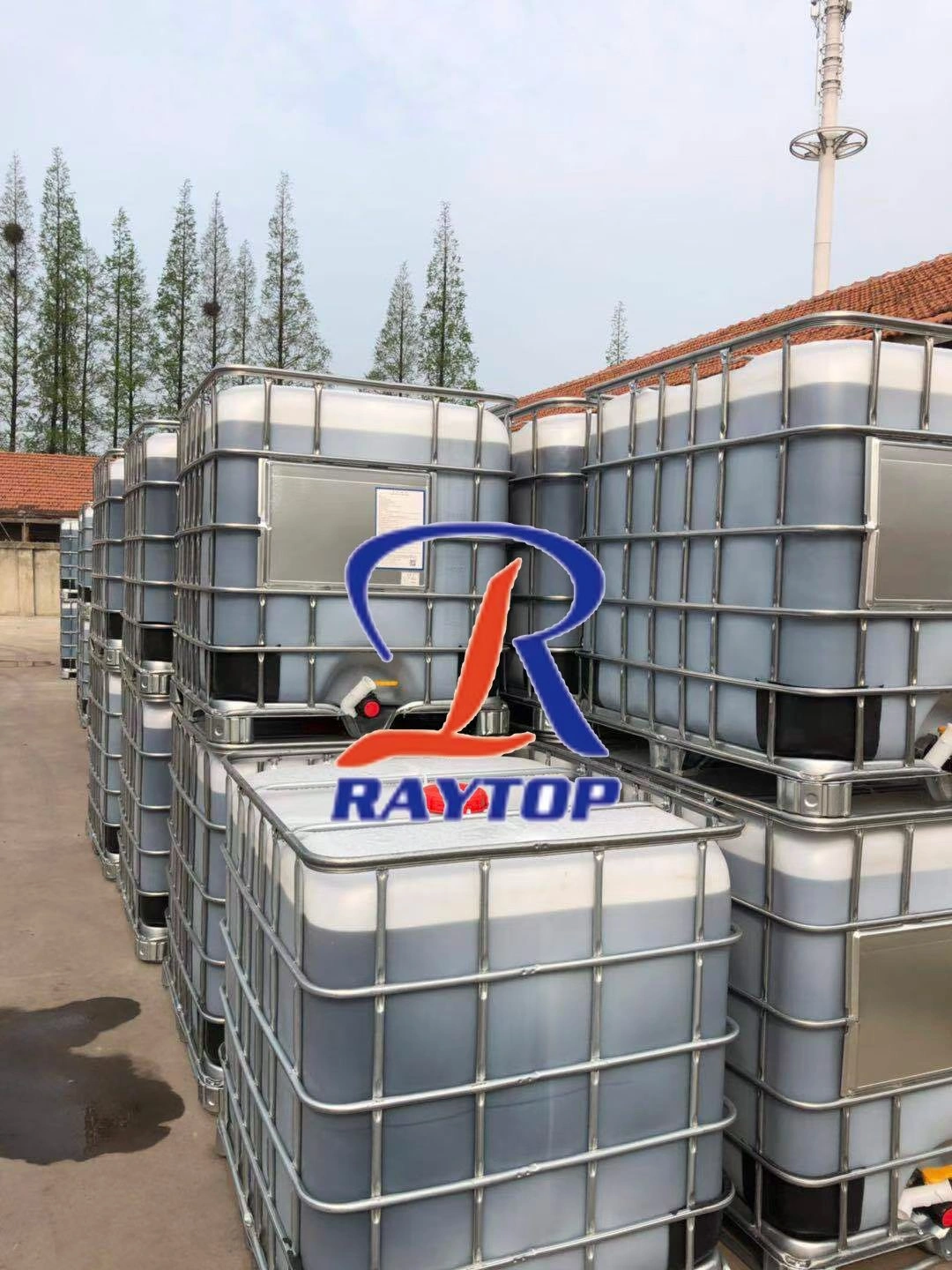Paper Appearance and Visual Impact
In the world of print and design, the appearance of paper plays a crucial role in capturing attention and creating a lasting impression. From vibrant advertisements to elegant stationery, the visual impact of paper is a key factor in effective communication. One significant tool in achieving outstanding paper aesthetics is the use of fluorescent brighteners. In this article, we will delve into the concept of fluorescent brighteners and their transformative power in enhancing the whiteness, brightness, and overall appeal of paper.
Understanding Fluorescent Brighteners:
At the core of the paper brightening process lies the fascinating world of fluorescent brighteners. These unique compounds are designed to absorb invisible ultraviolet light and re-emit it as visible light, thus enhancing the paper's optical properties. By effectively converting UV light into vibrant, brilliant hues, fluorescent brighteners elevate the whiteness and brightness of paper to new levels. This scientific marvel brings a captivating radiance to any printed material.
The Science Behind Fluorescence:
To grasp the true essence of fluorescent brighteners, we must explore the concept of fluorescence itself. Fluorescence is the phenomenon where certain substances absorb light energy at a specific wavelength and emit light at a longer wavelength. In the case of fluorescent brighteners, they absorb ultraviolet light (invisible to the human eye) and emit visible light, creating a luminous effect. This unique property allows paper to achieve a dazzling, eye-catching appearance that captures attention and leaves a lasting impression.
Applications of Fluorescent Brighteners in Paper making:
The paper industry, with its diverse range of products, heavily relies on fluorescent brighteners to enhance the visual appeal of paper. From magazines and brochures to packaging materials and labels, various types of paper products can benefit from the incorporation of fluorescent brighteners. By imbuing the paper with a radiant glow, these brighteners add a touch of vibrancy, sophistication, and professionalism to any printed material. Whether it's a marketing collateral or a personal keepsake, fluorescent brighteners bring papers to life.
Advantages of Fluorescent Brighteners:
The advantages of using fluorescent brighteners in papermaking are manifold. Firstly, these brighteners significantly improve the optical properties of paper. By increasing its brightness and whiteness, they create a visually striking canvas for printing vibrant colors and sharp text. Additionally, fluorescent brighteners enhance the overall print quality and readability, ensuring that every detail stands out with clarity and precision. The power of these brighteners to elevate the visual impact of paper cannot be understated.
Types of Fluorescent Brighteners:
Fluorescent brighteners come in different categories and classifications, each with its unique properties, effectiveness, and applications. Some brighteners are more suitable for specific types of paper or printing techniques, while others offer broader versatility. Understanding the distinctions between these types is essential for selecting the most suitable brightener for a given project. From optical brighteners to fluorescent dyes, the variety of options allows for tailored solutions that meet specific aesthetic requirements.
Factors Affecting Fluorescent Brightener Performance:
Several factors influence the performance of fluorescent brighteners in papermaking. Environmental conditions, such as temperature and humidity, can impact their effectiveness. Additionally, pH levels and the choice of paper materials play a significant role in determining the compatibility and stability of the brighteners. Knowledge of these factors is essential for optimizing the usage of fluorescent brighteners and ensuring consistent results across different printing processes and paper types.
Guidelines for Using Fluorescent Brighteners:
To achieve the desired visual impact, proper dosage and application techniques are crucial when using fluorescent brighteners. Manufacturers provide recommended dosage and concentration levels, which should be followed to ensure optimal results. Mixing the brighteners correctly and applying them evenly onto the paper surface are important steps in achieving consistent and satisfactory outcomes. It is recommended to consult the manufacturer's guidelines and follow industry best practices to ensure the effective utilization of fluorescent brighteners.
Case Studies: Successful Implementation of Fluorescent Brighteners:
Examining real-world examples of paper products that have benefited from the application of fluorescent brighteners provides valuable insights into their transformative power. Through before and after comparisons, we can witness the visual improvements achieved by incorporating these brighteners. From high-end fashion magazines with vibrant images to educational textbooks with enhanced readability, the success stories highlight the positive impact of fluorescent brighteners on the overall quality and appeal of printed materials.
Considerations and Challenges:
While fluorescent brighteners offer numerous advantages, it is essential to consider potential drawbacks and limitations associated with their usage. Environmental concerns, such as their biodegradability and impact on ecosystems, should be taken into account. Additionally, sustainability aspects, including the recycling and disposal of paper treated with fluorescent brighteners, require careful consideration. Balancing the desired visual enhancement with environmental responsibility is a challenge that the industry continues to address.
Safety and Regulatory Standards:
The use of fluorescent brighteners in papermaking is subject to safety regulations and industry standards. Compliance with these standards ensures the protection of human health and the environment. It is crucial for manufacturers, printers, and papermakers to stay informed about the latest regulations and guidelines, maintaining a commitment to product safety and responsible manufacturing practices.
Future Trends and Innovations:
As technology advances, so does the realm of fluorescent brighteners. Ongoing research and development efforts are focused on improving the performance, stability, and environmental impact of these compounds. Innovations in fluorescent brightener technology may lead to new breakthroughs, offering even more efficient and sustainable solutions for paper brightening. Keeping abreast of these advancements enables industry professionals to embrace emerging trends and stay at the forefront of paper aesthetics.
Best Practices for Selecting Fluorescent Brighteners:
When selecting fluorescent brighteners for specific applications, several factors should be considered. These include the intended use of the paper product, compatibility with printing techniques, and the desired visual effect. Evaluating the quality, reliability, and reputation of suppliers is crucial in ensuring consistent and satisfactory results. Collaborating with knowledgeable industry professionals and experts can provide valuable insights and guidance in selecting the most suitable fluorescent brighteners for specific projects.
Conclusion:
In the world of papermaking, the power of fluorescent brighteners to illuminate and enhance paper cannot be underestimated. Through their ability to absorb invisible ultraviolet light and emit vibrant visible light, these compounds transform the aesthetics of printed materials, elevating brightness, whiteness, and visual appeal. By understanding the science, applications, advantages, and considerations surrounding fluorescent brighteners, papermakers can harness their full potential to create captivating and visually striking paper products. Embrace the power of illumination and unlock the true potential of paper with fluorescent brighteners.
Disclaimer: This article provides an overview of the topic "Illuminate Your Paper: The Power of Fluorescent Brighteners" and is intended to offer insights and information on the subject matter. It is not a substitute for professional advice or guidance. Readers are encouraged to consult industry experts and adhere to relevant regulations and guidelines for specific applications and projects.


